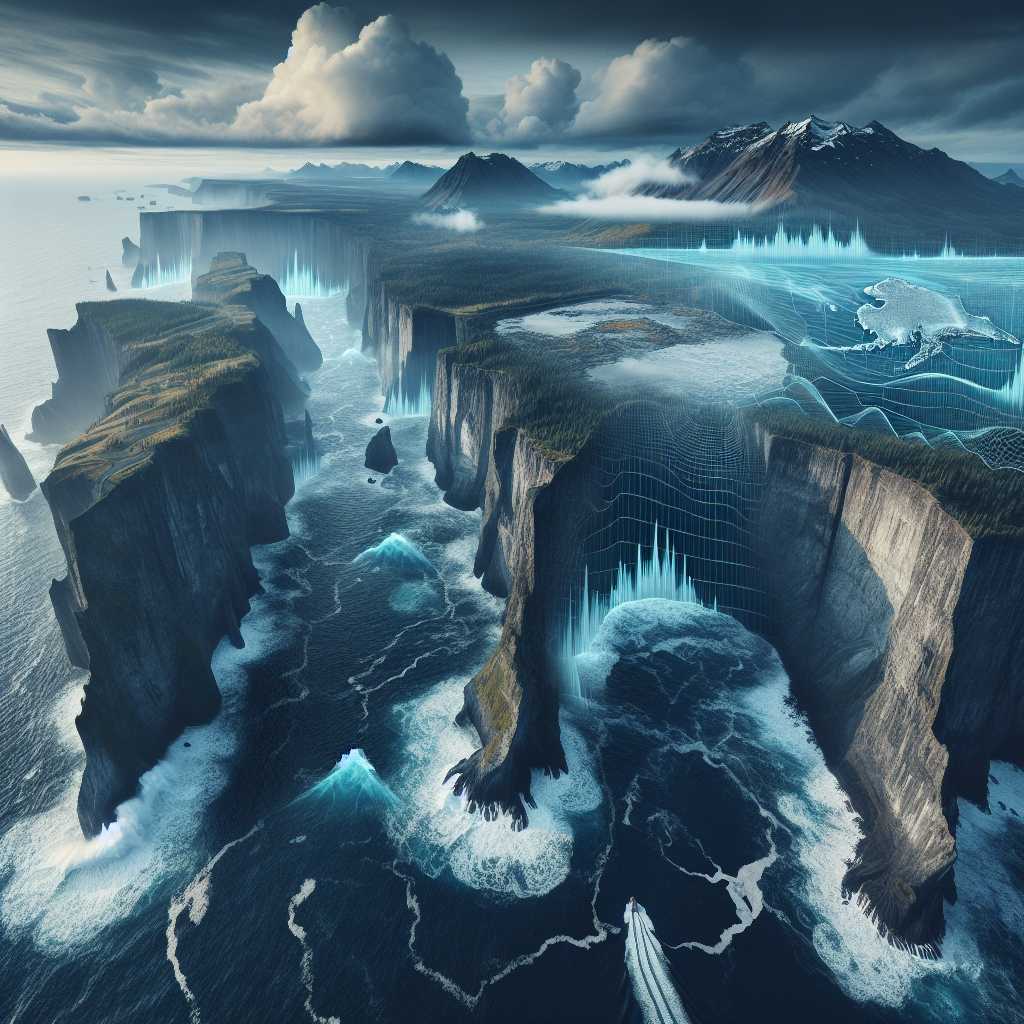Example Article
Geological Origins and Mechanisms of Alaska Tsunamis
Alaska’s vast and rugged coastline is one of the most geologically active regions on Earth, making it a hotspot for seismic activity that often triggers tsunamis. The primary cause of these tsunamis is the subduction of the Pacific Plate beneath the North American Plate along the Aleutian Trench. This tectonic boundary is responsible for powerful megathrust earthquakes, which displace enormous volumes of seawater, initiating tsunami waves.
Unlike more commonly known tsunamis generated by underwater landslides or volcanic eruptions, Alaska’s tsunamis are frequently linked to massive fault ruptures beneath the ocean floor. These ruptures can occur abruptly, sending shockwaves through the coastal waters and threatening communities thousands of kilometres away. Moreover, localised landslides triggered by seismic shaking further contribute to tsunami generation, especially in fjords and narrow inlets where wave amplification can be severe.
The diversity in tsunami-generating mechanisms means that Alaska faces a complex array of tsunami threats. These range from far-field tsunamis originating from distant earthquakes to devastating local tsunamis caused by underwater slumps or rockfalls. Understanding these geological processes is critical for accurate hazard assessment and early warning systems tailored to Alaska’s unique environment.
Historical Impact and Lessons Learned from Past Alaska Tsunamis
Alaska has witnessed several significant tsunamis throughout recorded history, each providing valuable lessons in disaster preparedness and response. One of the most catastrophic events was the 1964 Great Alaska Earthquake, which triggered a series of tsunamis that devastated coastal communities such as Valdez and Seward. The combined earthquake and tsunami resulted in over 130 fatalities and extensive infrastructural damage.
This event underscored the importance of integrating seismic monitoring with real-time tsunami warning systems. Since then, investments have been made in advanced seismographs, tide gauges, and satellite communication networks that allow for rapid dissemination of warnings. Communities have also developed evacuation protocols and public education campaigns focused on recognising natural tsunami warning signs, such as sudden sea level changes or ground shaking.
However, not all historical tsunamis have been well documented, particularly those affecting indigenous populations prior to extensive record-keeping. Oral histories and geological evidence suggest that massive tsunamis occurred centuries ago, reshaping coastal landscapes and influencing settlement patterns. These insights highlight the need for interdisciplinary research combining geology, archaeology, and anthropology to fully understand Alaska’s tsunami history.
Modern Technology and Community Resilience in Facing Tsunami Threats
Today, advancements in technology play a pivotal role in mitigating the risks posed by Alaska tsunamis. The implementation of sophisticated tsunami detection buoys across the Pacific Ocean allows for early identification of tsunami waves generated by distant earthquakes. These buoys transmit data to centres such as the National Tsunami Warning Center in Palmer, Alaska, enabling timely alerts to potentially affected areas.
In addition to detection technology, community resilience has been bolstered through targeted infrastructure design and land-use planning. Coastal buildings are increasingly constructed with elevated foundations or designed to withstand flooding forces. Local governments collaborate with scientists to map high-risk zones and restrict development in vulnerable areas.
Public engagement remains essential; regular drills and education initiatives cultivate a culture of preparedness among residents and visitors alike. The integration of traditional indigenous knowledge with modern science further enriches community understanding of natural hazards. Collectively, these efforts aim not only to reduce casualties but also to preserve lives, livelihoods, and cultural heritage along Alaska’s dynamic coastline.
Conclusion: Navigating Future Challenges in Alaska Tsunami Preparedness
Alaska’s position at the convergence of powerful tectonic forces ensures that tsunamis will remain an ever-present natural hazard. As climate change influences sea levels and potentially alters seismic activity patterns, new challenges will arise in predicting and managing tsunami risks. Continuous investment in scientific research is vital for refining models that forecast tsunami behaviour under evolving environmental conditions.
Equally important is maintaining robust communication networks capable of reaching remote communities swiftly during emergencies. Collaborative efforts between government agencies, indigenous groups, scientists, and emergency responders will be indispensable in fostering adaptive strategies.
Ultimately, understanding the multifaceted nature of Alaska tsunamis—from their geological origins to their societal impacts—empowers stakeholders to enhance resilience against future events. Through innovation, education, and cooperation, Alaska can better safeguard its people and preserve its unique coastal environments from this hidden threat lurking beneath northern waves.
Notes
- The 1964 Great Alaska Earthquake produced tsunamis that caused over 130 deaths.
- Alaska’s Aleutian Trench is among the most seismically active subduction zones globally.
- Tsunami detection buoy networks significantly reduce warning times for Pacific coastlines.

